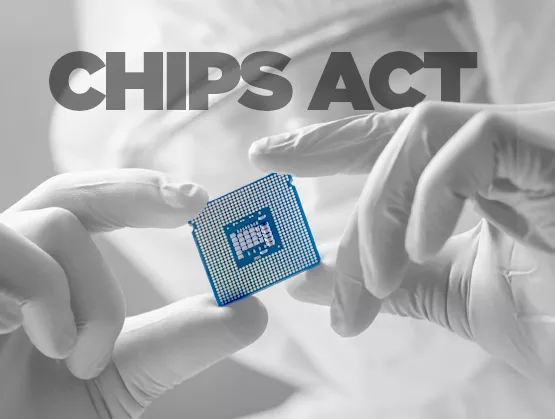
Much has been made of the CHIPS and Science Act’s $52.7 billion subsidies for American chipmakers and 25% tax credit, worth $24 billion, for capital expenditures. As important, however, is the $10 billion the Department of Commerce will spend during a five-year period to establish “20 geographically distributed regional technology and innovation hubs.”
These regional hubs will attract public and private investment capable of vitalizing, or in some cases revitalizing, the Silicon cities of the future.
The location of these hubs is yet unknown, but at least three will be based in each of the Economic Development Administration’s six regions with $1 billion invested in “persistently distressed communities.” Areas with existing infrastructure, ecosystem and/or qualified workforce have an advantage if the government hopes to accelerate the timeline on expanding onshore manufacturing. Here, I’ve listed my top 10 regional predictions and why they would be favorable innovation-hub destinations.
Arizona - The Silicon Desert
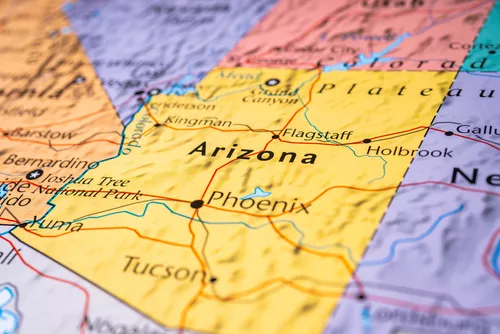 Greater Phoenix is a leading semiconductor locale. Arizona ranks in the top five states in manufacturing job growth, semiconductor and electronic component manufacturing employment, and semiconductor industry exports (ACA). Semiconductor companies including Applied Materials, Intel, Moov, NXP and Taiwan Semiconductor Manufacturing Co. (TSMC) populate the region. Arizona is leading the National Economic Semiconductor Roadmap and Arizona State University has expanded its semiconductor research, industry partnerships and workforce-development programs. State and local incentives have attracted $32 billion from TSMC and Intel alone in the past two years.
Greater Phoenix is a leading semiconductor locale. Arizona ranks in the top five states in manufacturing job growth, semiconductor and electronic component manufacturing employment, and semiconductor industry exports (ACA). Semiconductor companies including Applied Materials, Intel, Moov, NXP and Taiwan Semiconductor Manufacturing Co. (TSMC) populate the region. Arizona is leading the National Economic Semiconductor Roadmap and Arizona State University has expanded its semiconductor research, industry partnerships and workforce-development programs. State and local incentives have attracted $32 billion from TSMC and Intel alone in the past two years.
California - Silicon Valley
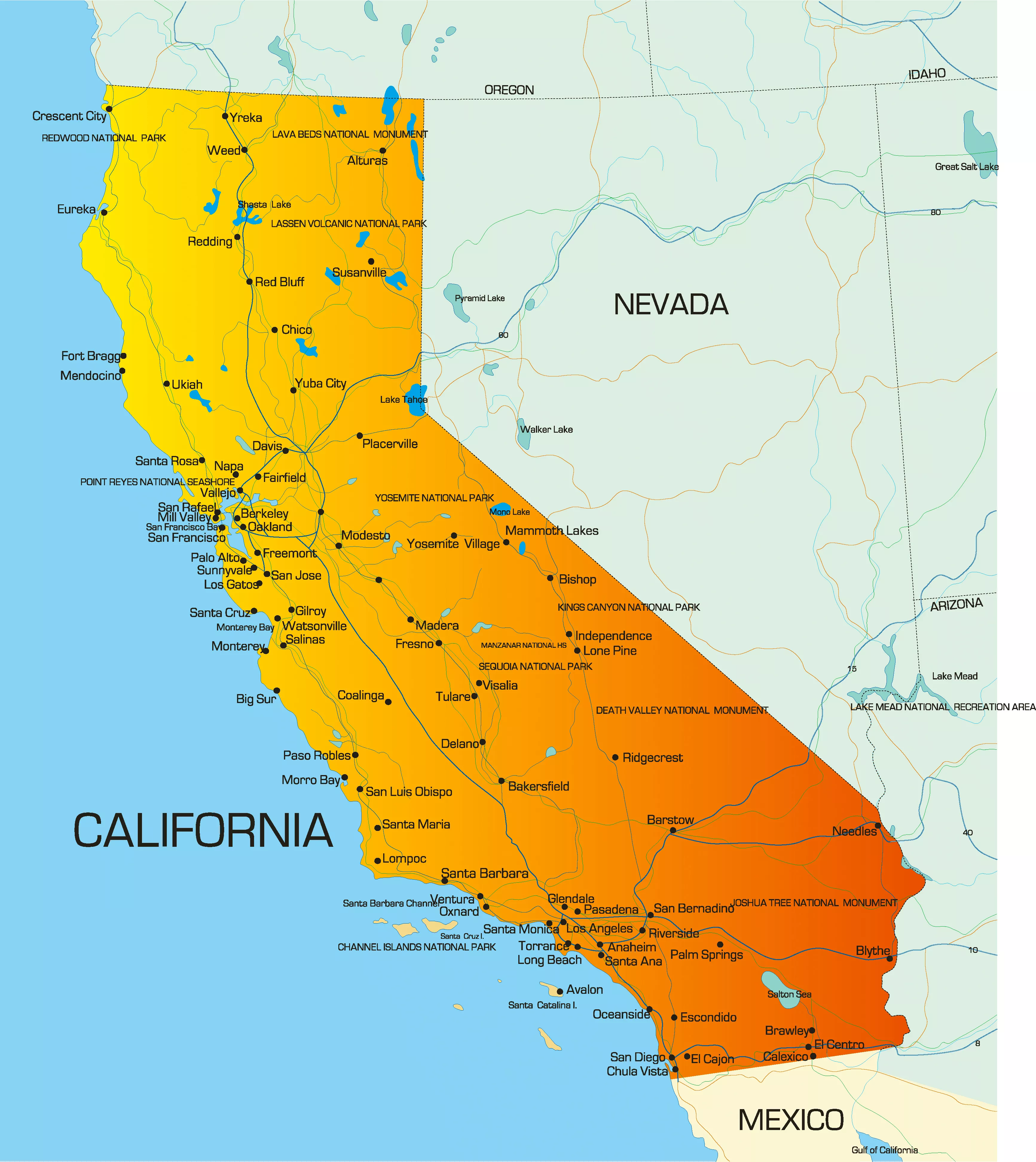 Intel, Nvidia, Skyworks Solutions, Maxim Integrated Advanced Micro Devices call California home alongside 600+ semiconductor establishments. California ranked first in the country in semiconductor manufacturing jobs with over 46,000 (SIA). Semiconductors were the state’s top export, worth $12.6 billion. This chipmaking activity equates to a $26.1 billion wage impact. Site-selector publication Business Facilities ranked California behind only Texas as the nation’s best locale for semiconductor outfits. The sector has an ally in House Speaker Rep. Nancy Pelosi (D-CA), who met with TSMC Chairman Mark Liu in Taiwan in August.
Intel, Nvidia, Skyworks Solutions, Maxim Integrated Advanced Micro Devices call California home alongside 600+ semiconductor establishments. California ranked first in the country in semiconductor manufacturing jobs with over 46,000 (SIA). Semiconductors were the state’s top export, worth $12.6 billion. This chipmaking activity equates to a $26.1 billion wage impact. Site-selector publication Business Facilities ranked California behind only Texas as the nation’s best locale for semiconductor outfits. The sector has an ally in House Speaker Rep. Nancy Pelosi (D-CA), who met with TSMC Chairman Mark Liu in Taiwan in August.
Idaho - Silicon Spuds
 Boise-headquartered Micron Technology President and CEO Sanjay Mehrotra announced the company would invest $15 billion through 2030, thanks to CHIPS+ incentives, to build a new fab that will generate 17,000 jobs — adding to the 6,000+ people Micron already employs in the state. SIA 2019 data ranks Idaho No. 5 in the nation for semiconductor employment with over 8,500 jobs. Chipmakers had a $3 billion wage impact in the state. Semiconductors are Idaho’s No. 1 export, worth $943 million.
Boise-headquartered Micron Technology President and CEO Sanjay Mehrotra announced the company would invest $15 billion through 2030, thanks to CHIPS+ incentives, to build a new fab that will generate 17,000 jobs — adding to the 6,000+ people Micron already employs in the state. SIA 2019 data ranks Idaho No. 5 in the nation for semiconductor employment with over 8,500 jobs. Chipmakers had a $3 billion wage impact in the state. Semiconductors are Idaho’s No. 1 export, worth $943 million.
Indiana - The Silicon Heartland
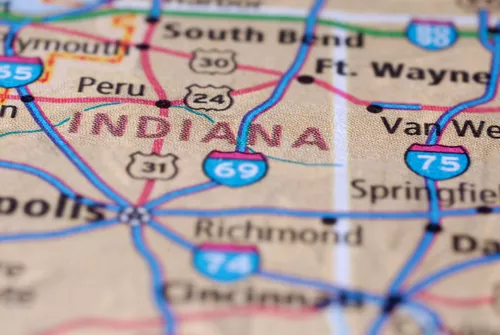 Chipmaker SkyWater Technology in July announced it would build a $1.8 billion research and production facility in Bloomington, aided by $53.5 million in performance-based incentives from the Indiana Economic Development Corp. The new facility will create around 750 jobs. Two Indiana universities joined the Midwest Regional Network to Address National Needs in Semiconductor and Microelectronics alliance to provide the skilled workforce required for the semiconductor sector.
Chipmaker SkyWater Technology in July announced it would build a $1.8 billion research and production facility in Bloomington, aided by $53.5 million in performance-based incentives from the Indiana Economic Development Corp. The new facility will create around 750 jobs. Two Indiana universities joined the Midwest Regional Network to Address National Needs in Semiconductor and Microelectronics alliance to provide the skilled workforce required for the semiconductor sector.
Minnesota - Reviving The Silicon Prairie
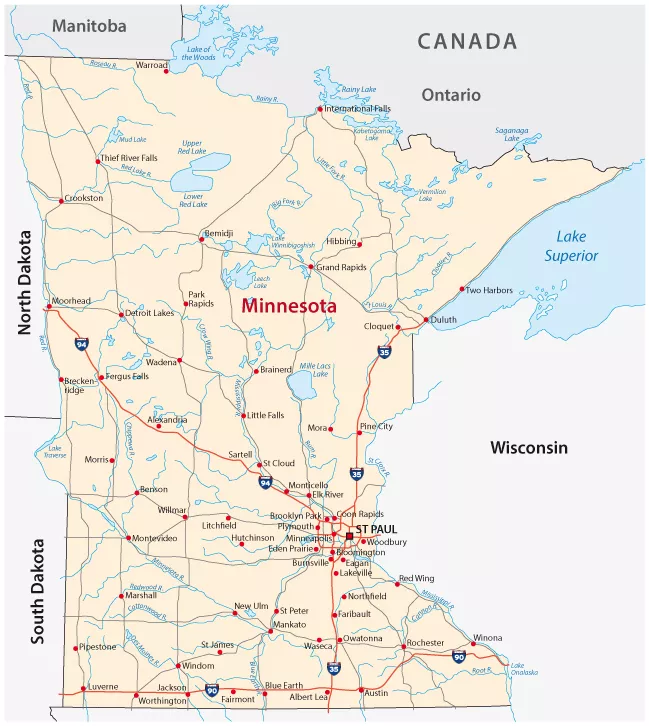 Minnesota chipmaker Polar Semiconductor said in August it might add >50% capacity in 2023 thanks to CHIPS+. According to Polar President and Chief Operating Officer Surya Iyer, staffing a qualified workforce will be the company’s top hurdle. SkyWater Technology also operates a foundry in the state that is in the Department of Defense’s trusted manufacturer program, and will be the manufacturer for a National Institute of Standards and Technology-Google joint venture.
Minnesota chipmaker Polar Semiconductor said in August it might add >50% capacity in 2023 thanks to CHIPS+. According to Polar President and Chief Operating Officer Surya Iyer, staffing a qualified workforce will be the company’s top hurdle. SkyWater Technology also operates a foundry in the state that is in the Department of Defense’s trusted manufacturer program, and will be the manufacturer for a National Institute of Standards and Technology-Google joint venture.
New York - Tech Valley
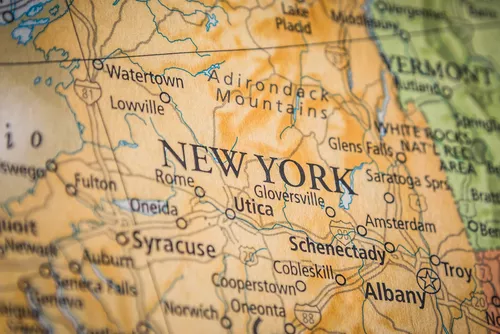 The state Legislature in June approved $10 billion in tax credits during a 20-year period for green semiconductor manufacturing projects — the largest industry-specific tax break in New York history. GlobalFoundries in August obtained approval from local officials to proceed with a $6 billion to $8 billion expansion of its existing $15 billion Malta facility. After courting from sector advocates Gov. Kathy Hochul and Senate Majority Leader Chuck Schumer (D-NY), Micron recently announced it will spend up to $100 billion to build the country’s largest fab in upstate New York.
The state Legislature in June approved $10 billion in tax credits during a 20-year period for green semiconductor manufacturing projects — the largest industry-specific tax break in New York history. GlobalFoundries in August obtained approval from local officials to proceed with a $6 billion to $8 billion expansion of its existing $15 billion Malta facility. After courting from sector advocates Gov. Kathy Hochul and Senate Majority Leader Chuck Schumer (D-NY), Micron recently announced it will spend up to $100 billion to build the country’s largest fab in upstate New York.
Ohio - The Silicon Heartland
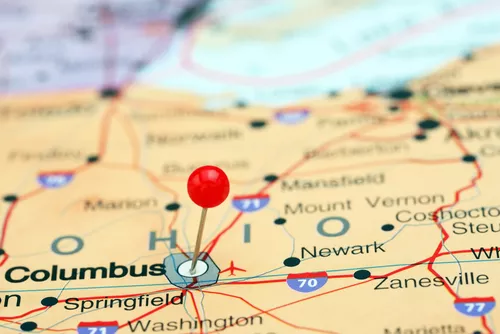 Intel announced in January it would build a $20 billion fab employing 3,000 in Licking County. State and local incentives totaling more than $2 billion helped make this investment the largest in state history. The facility will be part of the New Albany International Business Park, home to Amazon, Facebook and Google data centers, which may improve access to labor. Additionally, eight Ohio universities joined the Midwest Regional Network to Address National Needs in Semiconductor and Microelectronics alliance to provide the skilled workforce required for the industry.
Intel announced in January it would build a $20 billion fab employing 3,000 in Licking County. State and local incentives totaling more than $2 billion helped make this investment the largest in state history. The facility will be part of the New Albany International Business Park, home to Amazon, Facebook and Google data centers, which may improve access to labor. Additionally, eight Ohio universities joined the Midwest Regional Network to Address National Needs in Semiconductor and Microelectronics alliance to provide the skilled workforce required for the industry.
Oregon - The Silicon Forest
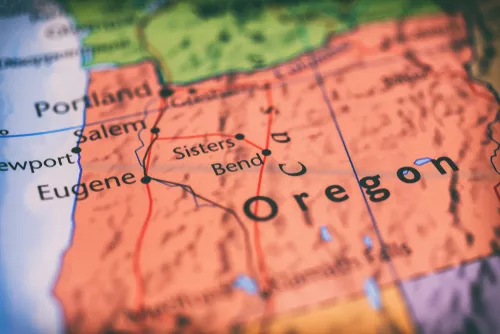 Fifteen percent of the U.S. semiconductor workforce, 40,300 people, live in the Silicon Forest – over half employed by Intel, Oregon’s largest private employer (SIA). The Oregon Semiconductor Competitiveness Task Force, co-chaired by Democratic Sen. Ron Wyden, Gov. Kate Brown and Portland General Electric President and CEO Maria Pope, recently outlined plans to expand the state’s semiconductor sector including revising “land use, taxes and other incentives, workforce development and…environmental regulations.” Intel is pursuing CHIPS+ funding for an advanced lithography research center in Oregon.
Fifteen percent of the U.S. semiconductor workforce, 40,300 people, live in the Silicon Forest – over half employed by Intel, Oregon’s largest private employer (SIA). The Oregon Semiconductor Competitiveness Task Force, co-chaired by Democratic Sen. Ron Wyden, Gov. Kate Brown and Portland General Electric President and CEO Maria Pope, recently outlined plans to expand the state’s semiconductor sector including revising “land use, taxes and other incentives, workforce development and…environmental regulations.” Intel is pursuing CHIPS+ funding for an advanced lithography research center in Oregon.
Texas - Silicon Hills
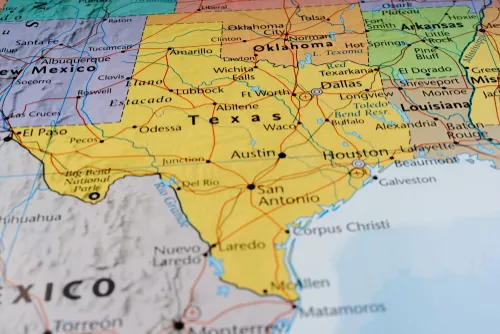 The Austin Metro Area is a hotbed of semiconductor activity, partially thanks to robust local incentives. A flurry of industry news followed Samsung’s November announcement that it would build a $17 billion fab in the region. NXP Semiconductors NV and Infineon Technologies AG may bring new fabs to Central Texas, and Applied Materials and Linde have said they may construct facilities in the area. Texas last year exported $19.3 billion in semiconductors, according to the state Comptroller of Public Accounts. Semiconductor companies employ 40,000+ Texans and contribute $15.3 billion to the state’s GDP.
The Austin Metro Area is a hotbed of semiconductor activity, partially thanks to robust local incentives. A flurry of industry news followed Samsung’s November announcement that it would build a $17 billion fab in the region. NXP Semiconductors NV and Infineon Technologies AG may bring new fabs to Central Texas, and Applied Materials and Linde have said they may construct facilities in the area. Texas last year exported $19.3 billion in semiconductors, according to the state Comptroller of Public Accounts. Semiconductor companies employ 40,000+ Texans and contribute $15.3 billion to the state’s GDP.
Virginia - The Silicon Commonwealth
 After losing semiconductor projects worth billions to other states, Virginia officials are expanding efforts to attract investment in collaboration with Micron, Virginia Commonwealth University, and Virginia Tech. Efforts include three tech megasites — Southern Virginia Megasite at Berry Hill, the Mid-Atlantic Advanced Manufacturing Center and the Sussex Megasite — and eight others in development. Micron is expanding its Manassas facility through a $3 billion economic development deal. Six state universities have clean rooms.
After losing semiconductor projects worth billions to other states, Virginia officials are expanding efforts to attract investment in collaboration with Micron, Virginia Commonwealth University, and Virginia Tech. Efforts include three tech megasites — Southern Virginia Megasite at Berry Hill, the Mid-Atlantic Advanced Manufacturing Center and the Sussex Megasite — and eight others in development. Micron is expanding its Manassas facility through a $3 billion economic development deal. Six state universities have clean rooms.
About the Author
 Steven Zhou is co-founder and CEO of Moov, the largest global marketplace for used semiconductor manufacturing equipment. Built by a team with 50+ years of experience in manufacturing equipment brokerage, Moov ensures fast, reliable, and secure transactions of pre-owned equipment. CEO Steven Zhou and Managing Director Maxam Yeung co-founded Moov in 2017. Moov raised $41 million series A funding led by Tiger Global in 2021, and exceeded $3 billion in active marketplace listings in 2022. Moov is headquartered in Tempe, Arizona.
Steven Zhou is co-founder and CEO of Moov, the largest global marketplace for used semiconductor manufacturing equipment. Built by a team with 50+ years of experience in manufacturing equipment brokerage, Moov ensures fast, reliable, and secure transactions of pre-owned equipment. CEO Steven Zhou and Managing Director Maxam Yeung co-founded Moov in 2017. Moov raised $41 million series A funding led by Tiger Global in 2021, and exceeded $3 billion in active marketplace listings in 2022. Moov is headquartered in Tempe, Arizona.